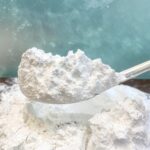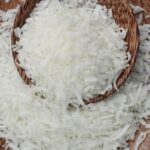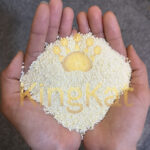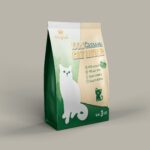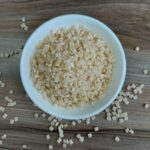CASHEW NUT SHELL OIL

In the competitive world of jelly production, consistency and quality are paramount. Achieving the perfect jelly texture that consumers love — one that’s smooth, stable, and consistent — can be a challenge, especially with traditional starches. This is where modified tapioca starch steps in as a versatile, reliable solution for modern jelly manufacturers. Here are ten essential benefits of using modified tapioca starch in jelly production to ensure a uniform, high-quality product every time.
Table of Contents
Toggle1. Enhanced Gel Strength
Modified tapioca starch improves the gel strength of jelly, ensuring a firmer, more resilient texture. This consistency is critical in making a jelly product that holds up well in different conditions, from manufacturing to packaging to consumption.
2. Uniform Texture Across Batches
Inconsistencies in jelly texture can frustrate manufacturers and lead to dissatisfied customers. Modified tapioca starch has a high level of uniformity, ensuring each batch of jelly maintains the same texture, firmness, and mouthfeel, keeping the product consistent across production lines.
3. Superior Water-Binding Ability
Jelly production relies on a starch’s ability to bind water effectively. Modified tapioca starch boasts superior water retention, reducing the chances of syneresis (water separation). This characteristic helps maintain the ideal jelly consistency, especially during storage.
4. Reduced Cooking Time
Manufacturers are always looking for ways to streamline production without sacrificing quality. Modified tapioca starch reduces cooking time compared to other starches, allowing for faster jelly production. This not only saves time but also cuts down on energy costs, making the process more efficient.
5. Enhanced Stability in Varied Temperatures
Jelly products often undergo temperature fluctuations during storage and transportation. Unlike traditional starches, modified tapioca starch can withstand temperature variations without compromising on texture. This temperature resilience makes it ideal for jellies that need to be shelf-stable.
6. Improved Mouthfeel for a Premium Experience
The smooth, pleasant mouthfeel of jelly is a top priority for manufacturers and consumers alike. Modified tapioca starch provides a smoother, creamier texture that feels more premium compared to other starches. This superior mouthfeel enhances consumer satisfaction and builds brand loyalty.
7. Better Freeze-Thaw Stability
For jellies that might be stored in colder conditions, freeze-thaw stability is crucial. Modified tapioca starch holds its consistency even after freezing and thawing, preventing the jelly from becoming watery or gritty, which is often a challenge with other types of starch.
8. Low Retrogradation Risk
Retrogradation, or the tendency of starch to revert to its crystalline structure after gelatinization, can lead to undesirable textures in jelly. Modified tapioca starch has a low retrogradation tendency, maintaining a stable, gel-like texture over time without becoming gritty or grainy.
9. Cost-Effective Solution for Quality Enhancement
Although modified tapioca starch might seem like a premium ingredient, its benefits often outweigh the costs. By reducing batch-to-batch inconsistencies, minimizing waste, and enhancing product quality, manufacturers often find it to be a cost-effective choice in the long run.
10. Clean Label Appeal
In today’s health-conscious market, consumers look for clean, understandable labels. Modified tapioca starch offers a recognizable, plant-based ingredient that aligns with consumer demand for transparency and simplicity in food labeling. This appeal not only meets consumer expectations but also enhances brand image.
Conclusion
In summary, modified tapioca starch is a powerhouse ingredient that provides jelly manufacturers with unmatched control over texture, consistency, and quality. From superior water-binding to better freeze-thaw stability, the benefits are substantial, enabling manufacturers to produce jellies that meet the high standards of both the industry and consumers. Investing in modified tapioca starch not only enhances the quality and appeal of jelly products but also improves efficiency and long-term cost-effectiveness, making it a wise choice for brands looking to stand out in a competitive market.


